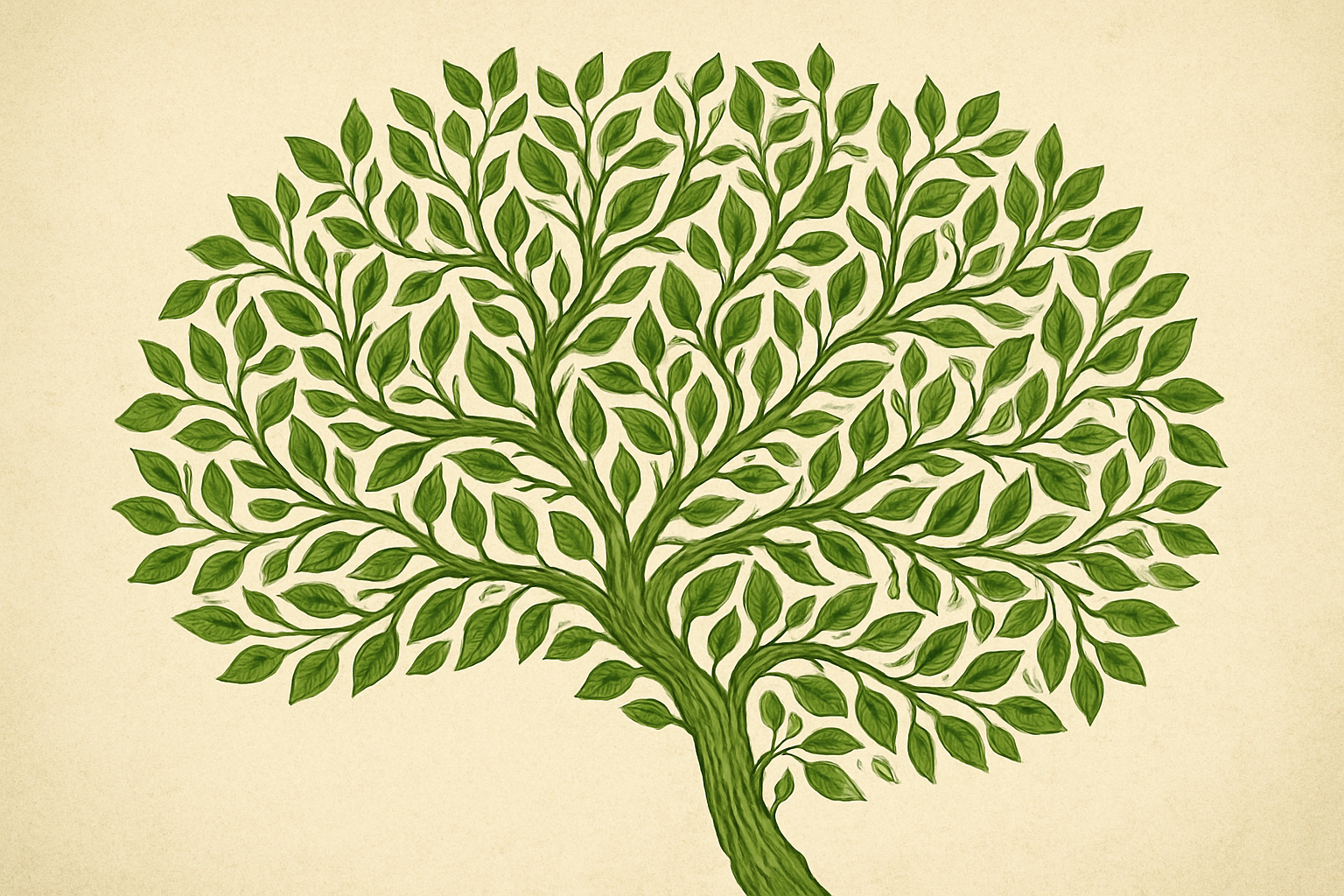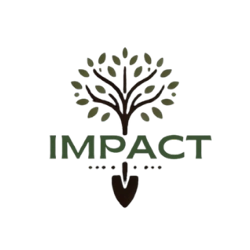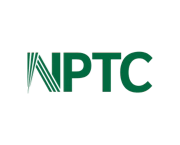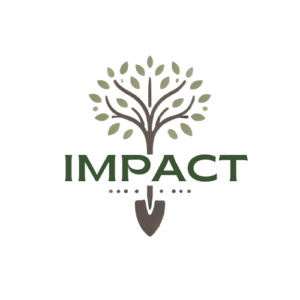
Tree Surgery, ADHD & Dyslexia: Why This Career Could Be Perfect for You
Tree Surgery, ADHD & Dyslexia Why This Career Could Be Perfect for You Tree Surgery, ADHD & Dyslexia Why This

Tree pruning East Lothian is essential for managing the size, safety, and beauty of your garden trees. Whether you’re dealing with too much shade, crowded paths, or overgrown branches, pruning helps restore balance and health. In this post, we’ll explain three common techniques — crown reduction, crown thinning, and crown lifting — what they mean, when they’re used, and how to know which one your tree might need.
⸻
What it is:
Reducing the height or spread of the tree’s canopy, while keeping its natural shape.
When to consider it:
– The tree has grown too large for its space
– It’s blocking too much light
– You want to reduce wind resistance
– It’s getting close to buildings or cables
Key point:
A proper crown reduction removes just enough to control the tree without harming its health or appearance. Over-reduction (like “topping”) can actually weaken the tree and make it unsafe.
⸻
What it is:
Selective removal of inner branches to let more light through and reduce the tree’s weight without changing its overall size or shape.
When to consider it:
– The tree casts dense shade
– Branches are tangled or crossing
– You want to reduce wind sail and storm damage risk
– The tree needs light maintenance without reshaping
Key point:
Crown thinning is ideal for letting more sunlight through to your garden while keeping the tree’s natural structure intact. It’s a common method used in tree pruning East Lothian gardens for light and airflow.
⸻
What it is:
Removing lower branches to raise the height of the canopy.
When to consider it:
– Branches are obstructing paths, driveways, or views
– You want more light underneath the tree
– The tree is crowding buildings or fences
Key point:
Crown lifting is especially useful for roadside or garden trees where access and visibility are important. It’s another essential method used in tree pruning East Lothian projects to open up space.
⸻
Every tree and garden is different. The right approach depends on:
– The species and age of the tree
– Its location and surroundings
– Your goals (light, space, aesthetics, safety)
We always recommend getting a qualified tree surgeon’s opinion before deciding. They’ll assess your tree’s condition and recommend the safest, most effective solution.
Want to better understand tree pruning terminology? Visit the Arboricultural Association’s terminology guide.
At Impact Tree and Gardening Services, we don’t just cut trees — we care for them. We’ll assess your trees, explain the best options, and carry out the work safely and professionally. From tree pruning East Lothian to stump grinding, we do it all.
Book a free quote today and let us help you get the best out of your trees this season.

Tree Surgery, ADHD & Dyslexia Why This Career Could Be Perfect for You Tree Surgery, ADHD & Dyslexia Why This

Mole Control East Lothian: Are Garden Moles Really a Problem? Mole control East Lothian can be frustrating when molehills appear






© All Rights Reserved.
